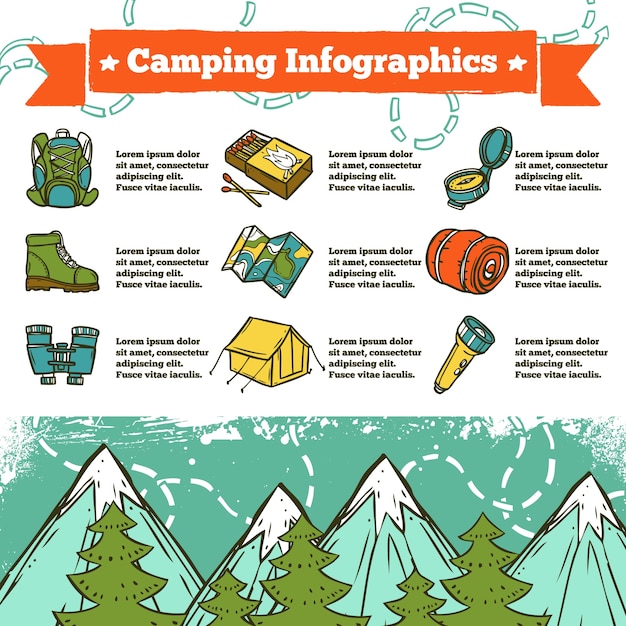Rainfall flies are a crucial device for wall surface tents. They raise the capability of a tent to safeguard campers from severe climate condition while giving added convenience and resilience.
Normal cleansing of a rain fly maintains mud, mildew, and debris from destroying it. Likewise, making sure the correct stress of a rainfly avoids it from drooping and permitting water to gather underneath.
Weather Condition Resistant Materials
The material utilized in building and construction tasks can influence the long life and resilience of the job. Selecting weather-resistant products helps in reducing upkeep expenses and conserves resources for future repair and replacement.
Wood may not be the first product that comes to mind when going over weather condition resistance, however it is highly durable when correctly treated with preservatives. Cedar, redwood, and teak are examples of naturally rot-resistant timbers used to make a selection of outdoor furnishings and frameworks.
High-performance canvas wall outdoors tents are designed to withstand moisture and maintain campers comfy. It is important to clean canvas and camping tents routinely to remove dust, mud, and dust. It is also essential to rinse any type of residue from the canvas camping tent before keeping it away for usage. Avoid using bleach, as it damages the water-resistance therapy and makes the tent a lot more vulnerable to leak. Conversely, a soft brush and a hose pipe can be utilized to thoroughly scrub the canvas camping tent and rinse it off with water till it is totally saturated.
UV Exposure
Unless an outdoor tents is made from UV-resistant fabric, extended direct exposure to sunshine will cause it to break down. This is true of all textiles, however it's specifically obvious for camping tents and canvas frameworks as a result of how much they're utilized in outside setups. UV radiation can create dyes to break down, leading to a loss of color vibrancy.
A rainfly shields wall surface camping tents from these unsafe UV rays by showing them prior to they can permeate the framework and reach your skin. It is essential to choose a rainfly with a UPF rating of 50 or greater to obtain optimal UV security.
A rainfly likewise assists regulate the temperature level inside an outdoor tents depending upon the season. A lighter rainfly can maintain camping tents from soaking up excessive warm in the summertime, while a heavier rain fly can aid protect against warm from leaving the outdoor tents during colder months. In either instance, these extra layers of insulation can considerably extend an outdoor tents's life expectancy.
Dampness Damage
Canvas tents are relatively sturdy and can last 15-30 years with thorough care, yet even one of the most high-performance canvas is not impervious to downpours. A rain fly or fly sheet includes a layer of protection for the roofing of your canvas tent and assists prevent dampness damage.
Condensation, mold and mildew, and mold are not only unattractive, yet they can also destroy the architectural integrity of your canvas camping tent. Protecting against these problems is simple, but it needs meticulous care and attention to detail.
Make it a behavior to examine your outdoor tents in the early morning and eliminate any all-natural condensation, dew, or snow that has accumulated externally. Afterward, make sure to spread your tent out in an open location and use a soft brush to scrub away any type of mold and mold that has created. When you have actually eliminated the influenced areas, re-treat the camping tent with a mold and mildew killer option and wash it thoroughly to avoid any kind of future invasions.
Dampness Accumulation
While regular, condensation can damage products if left unattended. The good news tent footprint is, positive methods like wiping surfaces and airing out tents reduce condensation' effect.
Outdoor tents fabric, climate conditions and usage patterns contribute to condensation levels. Sailcloth, for instance, stands up to water vapor dissipation and has a tendency to present beaded beads quicker than polyester or nylon alternatives. Recognizing this difference notifies how outdoor tents owners handle condensation.
Occupant's breathed out breath and damp garments and tools spike humidity levels. An absence of air flow methods enables wetness to condense when warm interior air fulfills cooler surface temperatures. This cycle magnifies on damp nights or when a tent is placed in low spots. Examining and wiping tent surface areas immediately after cooling urges wetness to disperse prior to damaging fabrics or creating mold and mildew. Localized airflow, such as routing a fan toward seams, further help the process. Recognizing the most at risk locations of a camping tent, like high ridges and corners, helps campers streamline their moisture monitoring regimens.
